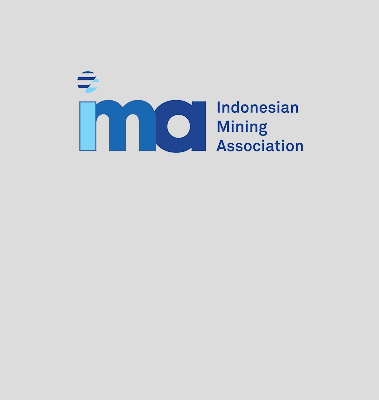Australia is considering setting a price floor to support critical minerals projects, including rare earths, Resources Minister Madeleine King said, in comments that led to a rally in share prices for Australian-listed rare earths miners.
Australia has been positioning itself as an alternative source of critical minerals to dominant producer China for use in sectors such as the automotive industry and defence.
It offered on Tuesday an $87 million lifeline to Trafigura unit Nyrstar’s metals processing operations. Nyrstar is assessing the potential to produce antimony, bismuth, germanium, indium at its smelters in Port Pirie and Hobart.
The support comes as prices for some metals like rare earths have been too low to fund processing capacity in Western nations, meaning that China has remained the world’s dominant supplier.
There was a strategic shift last month when the US government offered a pricing floor in a landmark deal with its largest rare earths producer intended to support a viable US rare earths industry.
“Pricing certainty means companies and investors are less exposed to volatile markets and prices, which are opaque and prone to manipulation,” King said in a statement first reported by the Australian newspaper on Monday evening.
Australia aims to provide price certainty for emerging critical minerals projects through its role as a buyer, after it pledged A$1.2 billion ($775.08 million) to build a strategic critical mineral reserve earlier this year.
“Mechanisms for an appropriate price floor are under active consideration,” King said.
“The focus will be on creating national offtake agreements,” she said, referring to purchase deals. “These will be voluntary.”
The agreements will focus on critical minerals with demonstrated end-uses in defence and strategic technologies and minerals where Australia is especially well-placed to provide supply amidst supply chain issues, particularly heavy rare earths.
Rare earths are a group of 17 elements. They include a subset of heavy rare earths, such as terbium and dysprosium, which are categorized by their higher atomic weight, are less plentiful and command higher prices than others.
Shares in Australian producer Lynas Rare Earths, which started producing heavy rare earths earlier this year, rallied more than 6% to the highest in 13 years. Shares of Iluka Resources and Arafura Rare Earths were both up close to 10% on Tuesday.
“I think the market is now viewing rare earths miners and processors as strategic assets given the (Australian) government involvement,” said Luke Winchester, portfolio manager at Merewether Capital.
US rare earths producer MP Materials last month unveiled a multibillion-dollar deal with the US government to boost output of rare earth magnets and help loosen China’s grip on the materials used to build weapons, electric vehicles and many electronics.
That pricing deal, which offered a minimum price floor that a buyer would pay, was set to have global implications, analysts said at the time. The move was positive for producers, but could increase costs for consumers such as automakers and in turn for their customers, analysts said.
($1 = 1.5482 Australian dollars) (By Melanie Burton and John Biju; Editing by Alasdair Pal and Jamie Freed)


